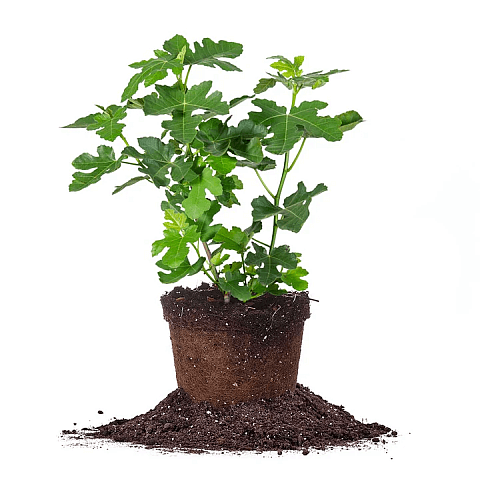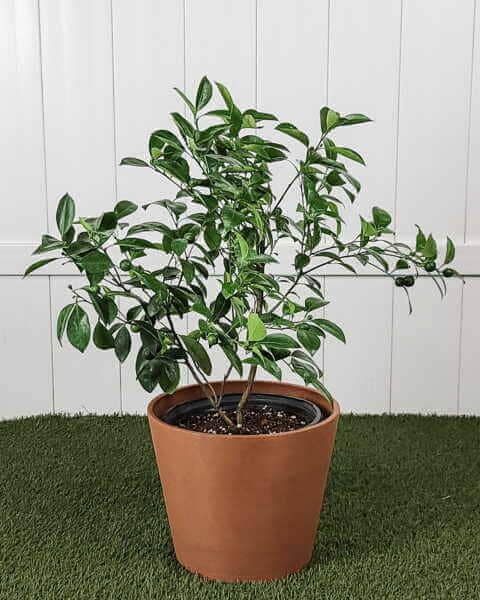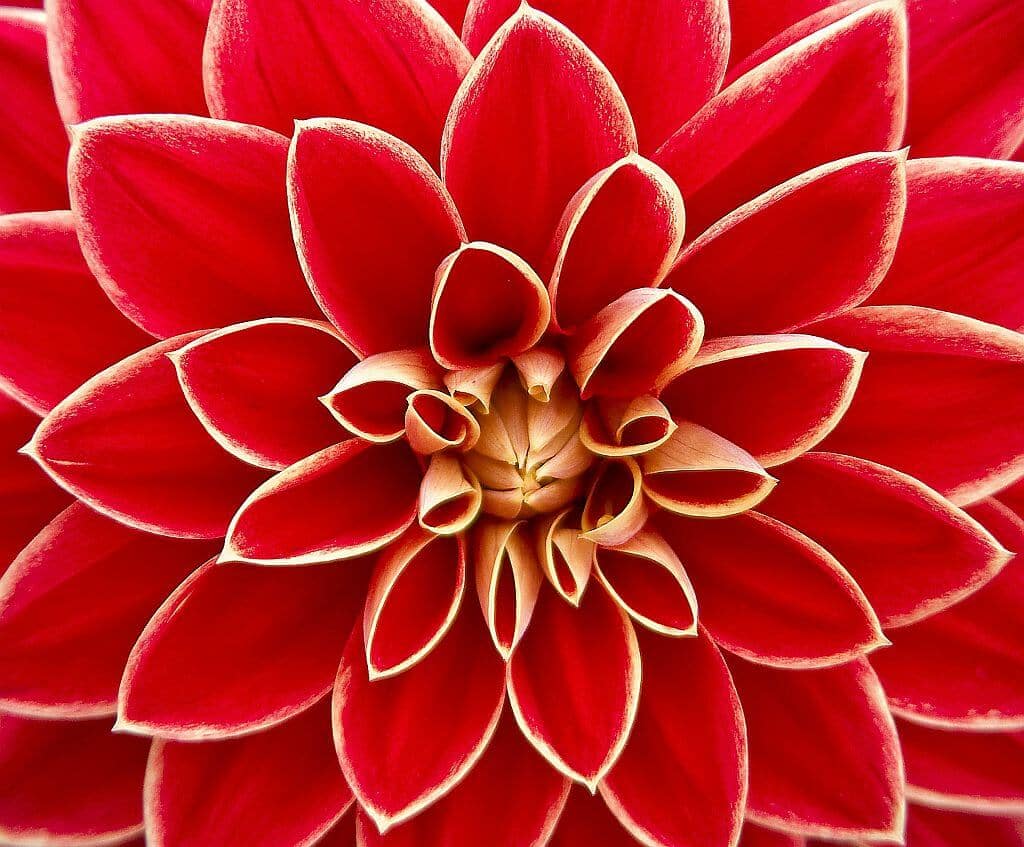This post may contain affiliate links. As an Amazon Associate we earn from qualifying purchases.
Fruit trees that thrive in Zone 11? Why would anyone need to know that? Isn’t this a tropical zone where just about all fruit can grow?
Yes, indeed it is. Think Key West and Key Largo in Florida and the most of the state of Hawai’i.
Then, there are the less-than tropical climates encompassed in Zone 11 such as downtown San Diego. They have chilly winters there, unlike the tropical areas previously mentioned.
Confused?
Understanding USDA Hardiness Zones
USDA Hardiness Zones are defined by the average annual minimum winter temperature for a specific area. They have nothing whatsoever to do with heat.
The United States Department of Agriculture (USDA) divides the country into zones based on these cold temperatures, ranging from Zone 1 (coldest) to Zone 13 (warmest). These zones help gardeners determine which plants are likely to thrive in their location.
Understanding a fruit tree’s hardiness zone is crucial because some trees need a specific number of “chill hours” (hours below 45°F) to set fruit, while others cannot tolerate extreme heat or cold.
Need to know your USDA Zone? Find out right here on Gardenologist!
Understanding USDA Zone 11
USDA Zone 11 features a tropical climate with average annual minimum temperatures between 40°F to 50°F. This zone generally does not experience frost, making it suitable for tropical and subtropical plants.
The climate is characterized by warm to hot temperatures year-round with high humidity in many areas.
Let’s dive into our list of fruit trees that thrive in Zone 11. At the end, you’ll learn how to plant your tree.
Fruit trees that thrive in Zone 11

‘Celeste’ Fig Tree
- Mature Size: 7-10 feet tall and wide.
- Time to Fruit: 1-2 years.
- Sold As: Usually (but not always) sold in containers.
- Planting Location: Requires full sun. Prefers well-drained soil with a pH of 6.0-6.5 (Check out this pH meter.)
- Water Needs: 5-10 gallons per week, depending on age and season. Allow the top 1-2 inches of soil to dry between waterings.
- Fertilization: Use a 5-10-10 or 5-10-5 as soon as the fruit appears on the tree. Apply the fertilizer according to label instructions, based on the size of the tree.
- Common Problems: Watch for root rot and rust. Symptoms include yellowing leaves and stunted growth. Treat rust by removing affected leaves and applying a copper-based fungicide.
- Pests: Common pests include aphids and scale insects. Control with neem oil or insecticidal soap.
- Thinning: Not typically needed.
- Harvest: Pick when the figs are soft and droop slightly on the stem.

Calamondin Orange
- Mature Size: 6-10 feet tall and 4-6 feet wide.
- Time to Fruit: 1-2 years.
- Sold As: Typically in containers.
- Planting Location: Prefers slightly acidic soil (pH 5.5-6.5). Spread a 4-inch layer of compost in a circle, 4 feet from where you will dig the planting hole. Mix it thoroughly into the top 6 to 8 inches of soil.
- Requires full sun for best fruit production. Need a pH meter? Check out this one.
- Water Needs: About 10-15 gallons per month when mature; do not allow the soil to dry out completely.
- Fertilization: Apply 16-16-16 quick release fertilizer, according to the age of the tree. For instance, in year one, apply 1.5 pounds of fertilizer every two months. The following schedule is courtesy of the University of Hawai’i.
- In year 2, apply 3.5 pounds every 2.5 months.
- In year 3, apply 5 pounds of fertilizer every 3 months.
- In year 4, apply 11 pounds every 3 months.
- In year 5, apply 16 pounds every 3 months.
- Apply the fertilizer 6 inches from the trunk and one foot beyond the dripline. Water the fertilizer into the soil.
- Common Problems: Citrus greening is a major concern; look for yellow shoots and misshapen fruit. No organic treatment is available; removing affected plants may be necessary.
- Pests: Watch for citrus leaf miners and aphids. Use horticultural oil to manage.
- Thinning: Thin fruit clusters, early in the season, to ensure larger fruit.
- Harvest: Pick when the fruit is fully orange and firm to the touch.

‘Grande Naine’ Banana
- Mature Size: 8-10 feet tall.
- Time to Fruit: 9-15 months.
- Sold As: Usually in containers.
- Planting Location: Prefers well-drained, sandy soil with a pH of 5.5-6.5. Needs full sun.
- Water Needs: Requires 20-30 gallons per week; do not let the soil dry out.
- Fertilization: High in potassium (e.g., 15-5-30) monthly during the growing season.
- Common Problems: Panama disease (Fusarium wilt, see above image) and leaf spot are common; remove affected leaves and use copper fungicide.
- Pests: Banana weevils and aphids. Use beneficial nematodes or neem oil for control.
- Thinning: Not required.
- Harvest: Harvest when bananas are plump, and the fruit begins to change color from green to yellow.

‘Coolidge’ Pineapple Guava
- Mature Size: 10-15 feet tall and wide.
- Time to Fruit: 3-4 years.
- Sold As: Usually in containers.
- Planting Location: Prefers well-drained soil with a pH of 6.0-6.5. Requires full sun.
- Water Needs: About 10-15 gallons per month, increasing during fruit development.
- Fertilization: Use a 3:1:2 ratio fertilizer (e.g 6-2-4, 9-3-6) in early spring and summer.
- Common Problems: Root rot if overwatered; ensure proper drainage.
- Pests: Fruit flies can be an issue; use sticky traps or organic sprays like spinosad.
- Thinning: Light thinning of young fruit clusters may improve fruit size.
- Harvest: Ready to harvest when the fruit falls to the ground or feels slightly soft.

‘Big Jim’ Loquat
- Mature Size: 15-20 feet tall and 15’ wide.
- Time to Fruit: 3-5 years.
- Sold As: Bareroot, container, or balled and burlap.
- Planting Location: Prefers well-drained, slightly acidic soil (pH 5.5-6.5). Full sun is best.
- Water Needs: “Newly planted loquat trees should be watered at planting and every other day for the first week or so and then 1 to 2 times a week for the first couple of months,” say the experts at the University of Florida. After this, water once a week if there is no rainfall.
- Fertilization: The folks at the University of California at Davis recommend that you give a young loquat tree a “… shovelful of manure in the fall, plus a tablespoonful of nitrogenous fertilizer scattered around the tree every month or two.” Older trees should respond well to an annual spring application of calcium nitrate. Use 1 pound of fertilizer for each inch of diameter of the tree’s trunk. Apply it at the dripline. And work it into the soil.
- Common Problems: Fire blight and leaf spot; remove affected parts and treat with organic copper fungicide.
- Pests: Scale and aphids; control with horticultural oils.
- Thinning: Thin fruit to avoid limb breakage.
- Harvest: Pick when the fruit is golden yellow and slightly soft.

‘Wonderful’ Pomegranate
- Mature Size: 10-12 feet tall and wide.
- Time to Fruit: 2-3 years.
- Sold As: Commonly in containers.
- Planting Location: Requires full sun and tolerates a wide pH range (5.5-7.2).
- Water Needs: About 5-10 gallons per week during growing season; reduce in winter.
- Fertilization: Pomegranates require little fertilizer. In fact, don’t fertilizer it at all for the first year it’s in the ground. After that, use a high-nitrogen fertilizer in early spring and again in summer.
- Common Problems: Watch for fruit rot and leaf spot; prune to improve air circulation.
- Pests: Leaf-footed bugs and aphids; control with neem oil.
- Thinning: Thinning may help increase fruit size.
- Harvest: Harvest when the skin is bright red and the fruit feels heavy.

‘Haas’ Avocado
- Mature Size: 20-30 feet tall and 14-18 feet wide.
- Time to Fruit: 2-4 years.
- Sold As: Bare root or in containers.
- Planting Location: Requires full sun. Requires a soil pH of 5.0 to 7.0.
- Water Needs: Water regularly after planting and until the avocado tree is established. The tree is prone to root rot, so avoid overwatering.
- Fertilization: In fall, apply 2-1-1 NPK fertilizer according to label instructions. Supplement in spring with zinc.
- Common Problems: Watch for root rot. There are several other common maladies of avocado trees. Check out this article for symptoms and management.
- Pests: Leafrollers, brown mites, thrips and several others. The University of California offers information on each and management options.
- Thinning: Self-thinning.
- Harvest: “Avocado fruit is usually ready to harvest in September, so … Harvest one or two of the largest fruit and allow them to sit on a counter for about a week. If they are ready to harvest, they will ripen properly and will become soft and be ready to eat,” according to Dan Gill, The Times-Picayune [Florida] garden columnist.

‘Ponderosa’ Lemon Tree
- Mature Size: 10-15 feet tall and 8-10 feet wide.
- Time to Fruit: 1-2 years.
- Sold As: Commonly in containers.
- Planting Location: Prefers well-drained, slightly acidic soil (pH 5.5-6.5). Needs full sun.
- Water Needs: Deep, infrequent irrigations. About 10-15 gallons per week; allow the top 1-2 inches of soil to dry out.
- Fertilization: Use a 3:1:2 ratio fertilizer (e.g., 6-2-4, 9-3-6) in early spring and midsummer. Apply according to label instructions for the size of your tree.
- Common Problems: Citrus canker and sooty mold; prune and use copper fungicide, according to label instructions.
- Pests: Citrus leaf miners and spider mites; control with horticultural oils.
- Thinning: Thin excess fruit to prevent limb breakage.
- Harvest: Ready when lemons are fully yellow and slightly soft.

‘Ruby Red’ Grapefruit
- Mature Size: 15-20 feet tall and wide.
- Time to Fruit: 2-3 years.
- Sold As: Typically in containers.
- Planting Location: Requires well-drained soil with a pH of 6.0-7.0 and full sun.
- Water Needs: About 10-15 gallons per week; allow the soil to dry slightly between waterings.
- Fertilization: Apply a 9-3-6 fertilizer in early spring and again in midsummer.
- Common Problems: Watch for citrus scab and root rot. Use organic fungicides like copper spray.
- Pests: Citrus leaf miners and spider mites; control with neem oil.
- Thinning: Thinning may be needed to reduce the load on branches.
- Harvest: Ready when the fruit is fully colored and gives slightly to pressure.

Papaya (Hawaiian or Mexican varieties)
- Mature Size: Typically grows 6-10 feet tall and wide, though some varieties can reach up to 20 feet tall in optimal conditions.
- Time to Fruit: Usually takes 6-12 months to produce fruit after planting.
- Sold As: Typically sold in containers.
- Planting Location: Prefers well-drained, loamy soil with a pH of 6.0-6.5. Full sun is essential, as papayas need lots of light to produce fruit, especially in the tropical sun of Zone 11.
- Water Needs: Young papaya trees need about 5-10 gallons of water weekly, increasing to 15-20 gallons per week as the tree matures. Avoid letting the soil dry out completely; water when the top inch of soil feels dry.
- Fertilization: Use a fertilizer with a 3:1:2 ratio, like 9-3-6 or 6-2-4, starting when the tree is about 6 months old. Apply every 4-6 weeks during the growing season, following the package instructions for the size and age of your tree.
- Common Problems: Papayas are susceptible to root rot and papaya ringspot virus, which causes leaf mottling and distorted fruit. Ensure proper drainage and remove infected plants promptly. Use copper-based fungicides for fungal issues.
- Pests: Common pests include whiteflies, spider mites, and aphids. Control these with neem oil or insecticidal soap sprays.
- Thinning: Not required; papaya fruit clusters typically do not need thinning.
- Harvest: Harvest when the papaya skin changes from green to a yellow-orange color and the fruit feels slightly soft to the touch. For best flavor, allow the fruit to ripen on the tree.
Planting a Fruit Tree
When planting a fruit tree, dig a hole that is twice as wide but no deeper than the root ball. Expose the root flare (the area where the trunk expands at the base of the tree) to prevent future issues with rot or suffocation. Do not amend the soil in the planting hole; trees establish better in native soil. Water thoroughly after planting.
Mention of a fertilizer, fungicide or pesticide, or use of a fungicide, pesticide or fertilizer label, is for educational purposes only. Always follow the product’s label directions attached to the container you are using. Be sure that the plant you wish to treat is listed on the label of the pesticide you intend to use. If growing edibles, check the label for the number of days between pesticide application and when you can re-enter the area and/or harvest your crop.



